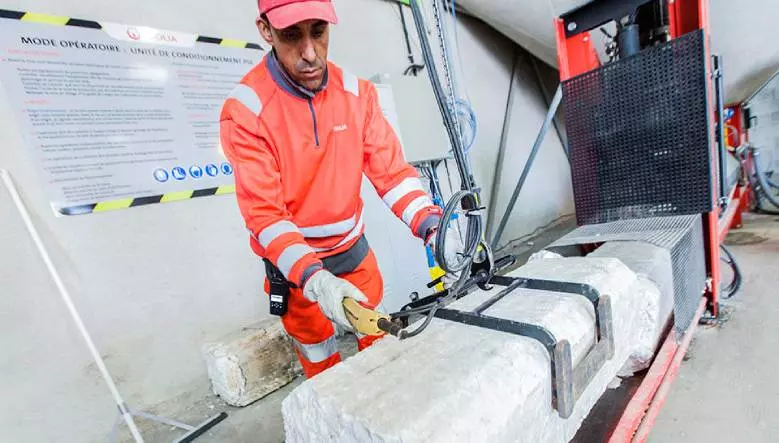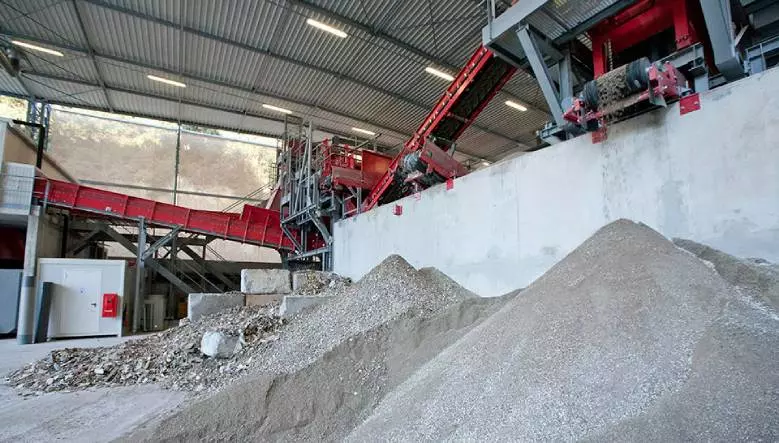How to meet growing construction needs while reducing the industry’s ecological footprint
The construction and public works sector consumes large amounts of water and energy and generates a lot of waste. The population increase expected in the coming years will create new construction needs and an increase in the demand for energy.

The construction and public works sector accounts for 36% of energy used worldwide.
Limit the environmental impact of building materials
Concrete, the most widely used material in the construction and public works industry, is responsible for approximately 52% of the sector's greenhouse gas emissions, according to Xpair, the energy performance information portal. This is due to the presence of cement, which generates high CO2 emissions and also consumes a large quantity of water during its production.
Cement manufacturers are looking at new solutions to reduce their environmental footprint, while improving the qualities of the materials they produce. In particular, this involves, changes to kilns, product composition, the fuel used to fire the kilns and even reducing firing temperatures.

It takes 35 liters of water to produce 1 kilogram of cement. Its production accounts for around 5% of the world’s greenhouse gas emissions.
Identifying the best energy performance
As far as buildings are concerned, in addition to choosing environmentally friendly materials, such as new forms of concrete, it is essential that those involved in construction and public works study their energy performance, mainly heat and electricity consumption. This means improving the insulation of the building envelope, implementing ventilation systems to eliminate CO2 and installing lighting with an efficient control system.
Improve worksite waste recovery
With the increase in construction, which also leads to a high volume of renovation and demolition activity, the construction sector will generate a growing amount of site waste. Proper management of construction and public works waste will contribute to the elimination of illegal dumps and limit the sector’s impact, while encouraging it to adopt a circular economy approach.
Our solutions to help the construction and public works sector reduce its environmental impact
We propose more circular approaches to resource use. For example, we are working on the potential of fly ash from coal combustion in power plants to be reused in cement production. This has many benefits: improved concrete strength and workability, better cement hydraulicity, lesser cost, lower hydration heat that allows the cement paste to go into a solid state and reduced demand for water, etc.
We monitor the energy efficiency of buildings. We have set up over 60 Hubgrade energy efficiency control centers around the world. Analysts study a building’s data and monitor in real time its heating and air conditioning networks, etc. The result is improved comfort for the occupants and resources adapted to actual needs.
We ensure that water networks function properly and that the water is of good quality. The aim is to prevent drinking water losses and avoid premature replacement of the network. User consumption, flow rate, pressure, vibration level, water characteristics, occurrence of water leaks, pipe corrosion, fouling effects, presence of contaminants, etc.: All this information is communicated in real time to our Hubgrade centers using smart measuring instruments and sensors. On site, our analysts have a global view of the network and can act quickly in case of anomalies.
We ensure that all construction waste is handled properly, from disposal to recovery. We recover materials, such as plastic and wood, inert materials, such as concrete, and we treat hazardous waste, such as paint or asbestos.


